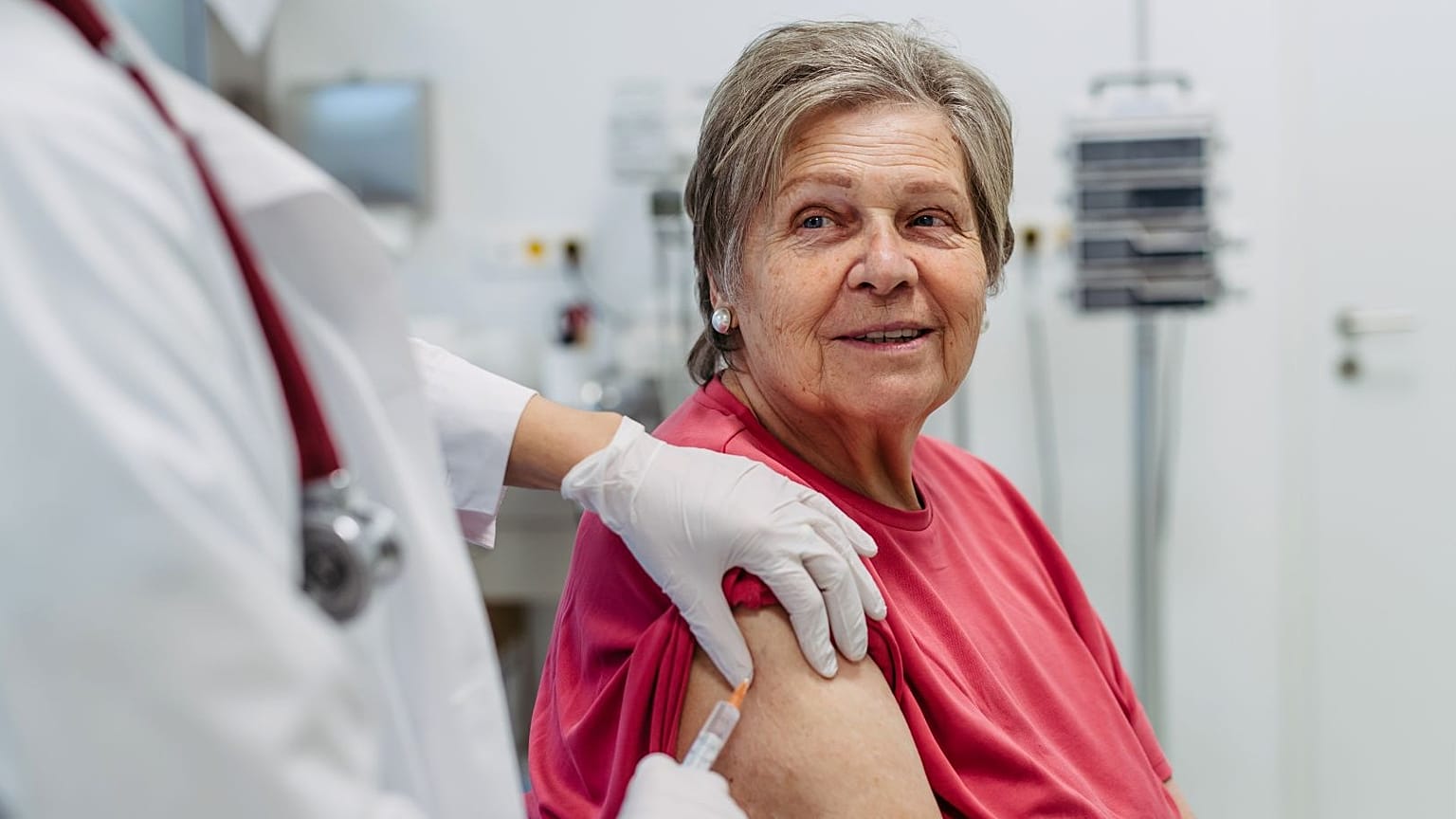Immunisation rates were far below target levels in the last flu season, new data shows.
As flu season begins in Europe, vaccination rates remain “sub-optimal” in many countries, new health data shows.
The flu season usually runs from mid-November to late May, and last year’s (2024-2025) was particularly fierce. Up to one in five Europeans is infected with influenza every winter, and it is associated with about 27,600 deaths annually across the European Union.
On Thursday, health officials warned that influenza has been spreading “unusually early” this year, driven by a new H3N2 variant known as subclade K. That could signal a longer, harsher flu season.
They say annual vaccinations are critical to protect people from falling ill and spreading the virus to others – particularly for older adults, people with chronic health conditions or weakened immune systems, pregnant women, young children, and medical workers.
But in many countries, immunisation rates were far below target levels in the last flu season, according to new data from the European Centre for Disease Prevention and Control (ECDC). The analysis covers the 27 EU member states, Iceland, Liechtenstein, and Norway.
“It is evident that [vaccination] policies still fall short of meeting sufficient levels of uptake across key target groups, including older adults,” the ECDC said.
For example, vaccination rates among older adults ranged from under 15 per cent in Latvia and Poland to 76 per cent in Denmark, with a median rate of 47 per cent.
Apart from Denmark, only Ireland, Portugal, and Sweden were close to reaching the EU target of having at least 75 per cent of older adults immunised against influenza.
Reaching that level has long been difficult. Over the past five years, the median rate was highest during the 2021-2021 flu season – the midst of the COVID-19 pandemic – at 59 per cent.
“Levels of uptake continue therefore to remain sub-optimal in most EU countries, without overall further progress since the past annual influenza seasons,” the ECDC said.
Meanwhile, 23 countries recommend that all health workers get vaccinated against the flu, and nine reported rates ranging from about 14 per cent in Slovenia to 51 per cent in Norway.
Among the eight countries with data on pregnant women, a median of 22 per cent were vaccinated. Spain had the highest rate by far, at about 61 per cent, while several countries remained below 10 per cent, the ECDC said.
There has been some progress, the report found. All 30 countries surveyed had specific vaccination guidance for children or teenagers, up from 18 countries in the previous flu season – though actual vaccine uptake remained low.
The ECDC said health agencies should do more to encourage people to get vaccinated against the flu, beyond simply updating their official guidance.
“Seasonal influenza vaccination remains a key public health intervention,” the agency said.


















